

The municipality of Leonessa is located along the northern slope of Monte Terminillo and borders Umbria. In the municipal area is Monte Cambio at 2,081 m and Monte Tilia, and here flows the river Corno.
In Leonessa nature and history have interwoven for centuries in a special way: under the Monte Cambio, on a high plain crossed by the river Corno on the north side of Mount Terminillo, the most impressive massif of the Lazio Region.
The area has been inhabited since the Neolithic but the first settlements were the Roman villas, organised agricultural settlements. In the Middle Ages, the plateau was governed for a long time by the Longobards of the Duchy of Spoleto who, in a document of 752, entrusts the area of the plateau to the Farfa Abbey.
The monks rebuilt a certain socio-economic order with the creation of small nuclei of dwellings around the local church or towers. The towers are still visible nearby at different points of the countryside such as in Villa Pulcini, Colleverde and Piedealpoggio.
The territory has been contested for centuries by the Duke of Spoleto, the pope and king of Sicily until, in 1231, the area of Ripa di Corno (the current city centre of Leonessa) passed under the influence of Emperor Frederick II of Swabia.
The real foundation of the city has the date of July 16, 1278 when in the Chancery records of Angioina is the order to build a new tower to 'accommodate the inhabitants of the area'.
King Carlo decided to build a city in the image of that of his grandfather, the great Philip II of France, and ordered the town planner, Pietro D'Angincourt, to be inspired by the design of Gonesse (in Paris). Probably the original name of 'Gonessa' comes from the Frenchman.
A fortified city of oblong shape was built with a large square at one end where all the roads converge. Entrance is through two doors still preserved: the Spoletana door and the Aquilana door.
Lionessa is the administrative center of a large area of the highlands with villas and castles that had fought for centuries and is divided into 6 Seats. Leonessa was a free commune within the kingdom and its first statute dates back to 1378. At a certain point it had been named a fiefdom but the population did not accept the injustice and struggled to return to be a free commune.
In the 15th century Leonessa became the capital of the wool industry of wool and this began its golden period thanks to a careful policy of the Aragonese sovereigns: a middle class was born consisting of entrepreneurs and merchants who located themselves in the many palaces and portals of the historic centre.
In 1516 Charles V annexed the Kingdom of Naples and Leonessa entered the feudal system: the first feudal lord is his daughter Margherita of Austria who had married the prince Ottavio Farnese of Parma. That is why the territory of Leonessa was also called one of the Farnesian States of Abruzzo '. The Government of Margherita of Austria was 'enlightened' and its 'light regime' leads to a true Golden Age.
At the death of Margherita, her successors did not like Leonessa and so began a difficult period, especially after the earthquake of 1703. With the peace of Vienna in 1735, Leonessa returned under control of Carlo I of Bourbon and the city rises in 1737 and in 1746 for the Beatification and Canonization of San Giuseppe da Leonessa. In 1806 it returned to be a free municipality but without real development and after unity many Italians emigrated abroad.
Abandoned by the wool industry, Leonessa found its new identity in the nineteenth century with cultivation of the potato that here in the plateau has a unique taste and particular food properties. In the twentieth century timber industry began and timber companies were founded.
Finally, Leonessa has become one of the bases of hiking in the Terminillo mountain area and is an important tourist center in summer and winter.

















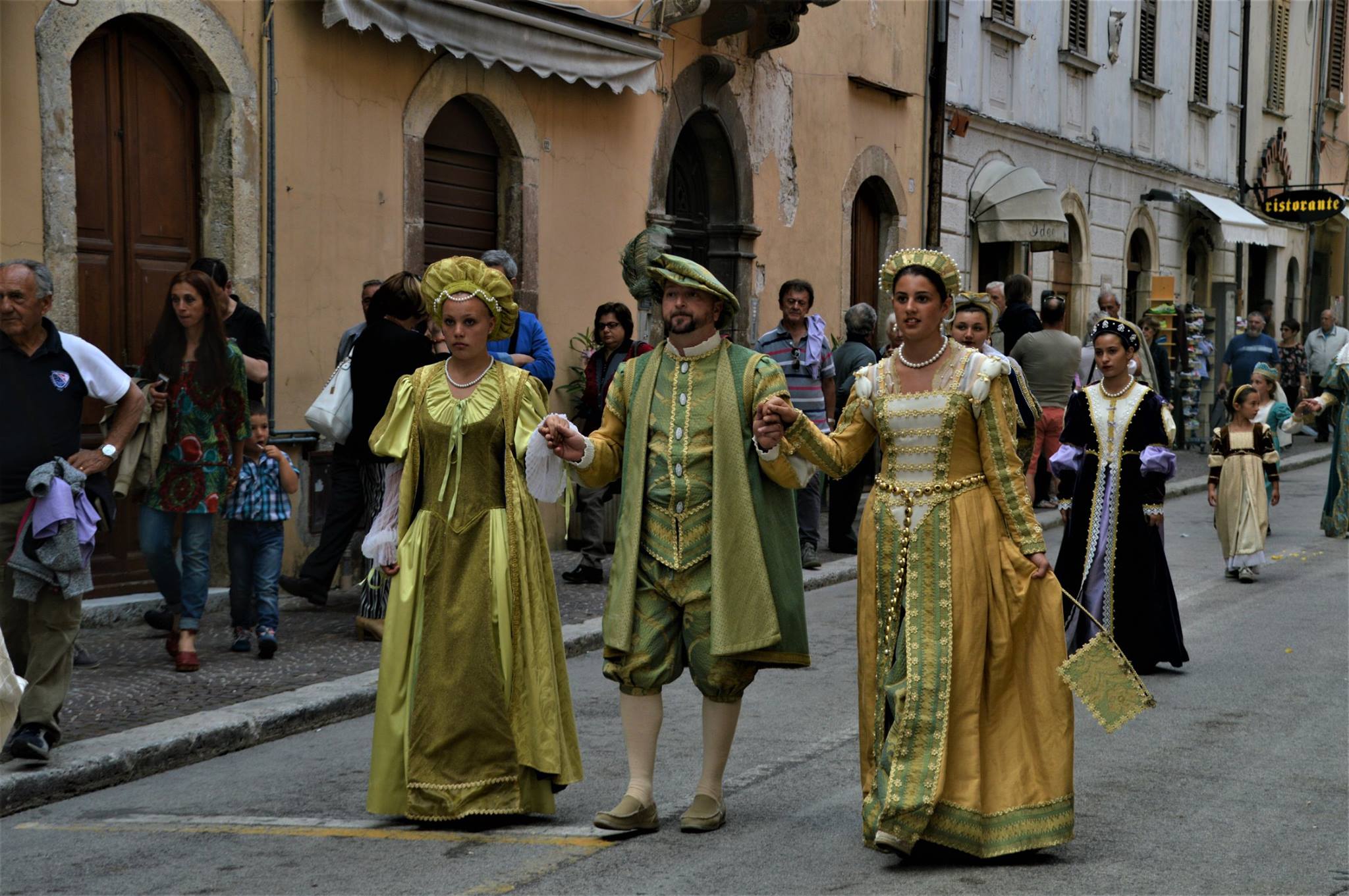

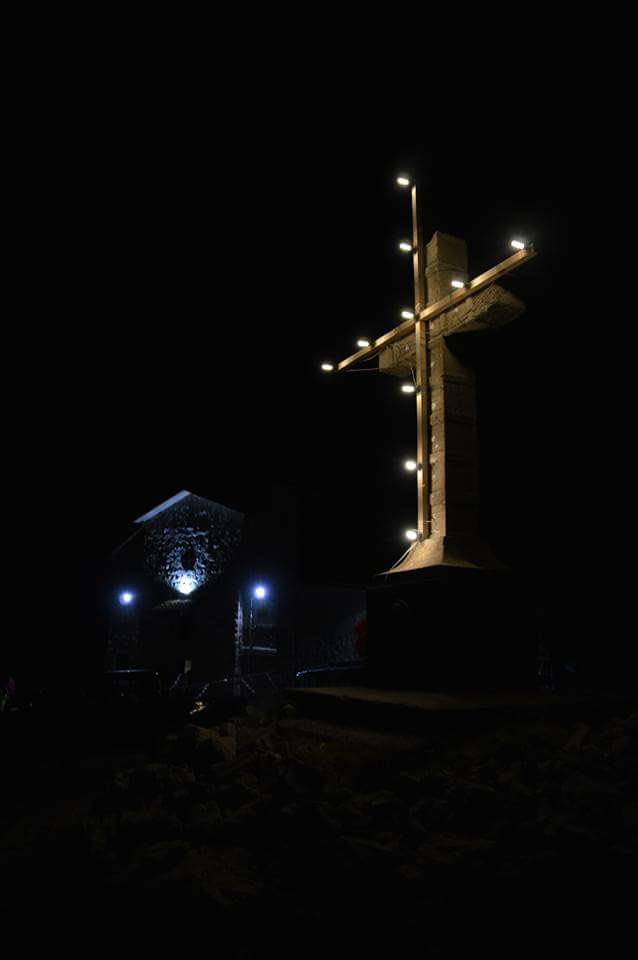
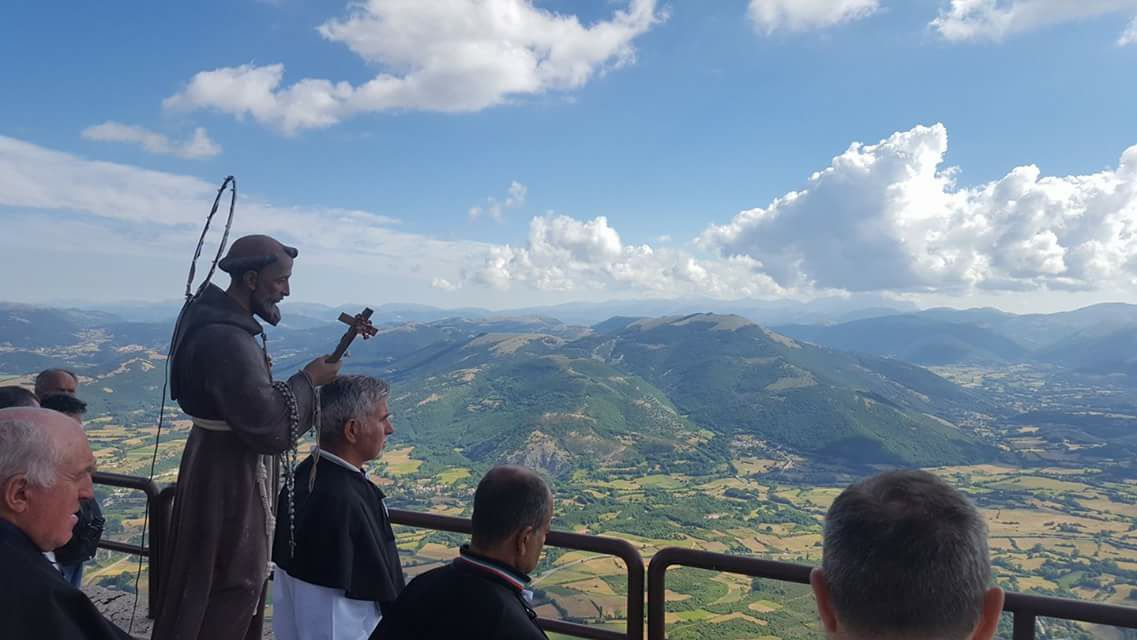

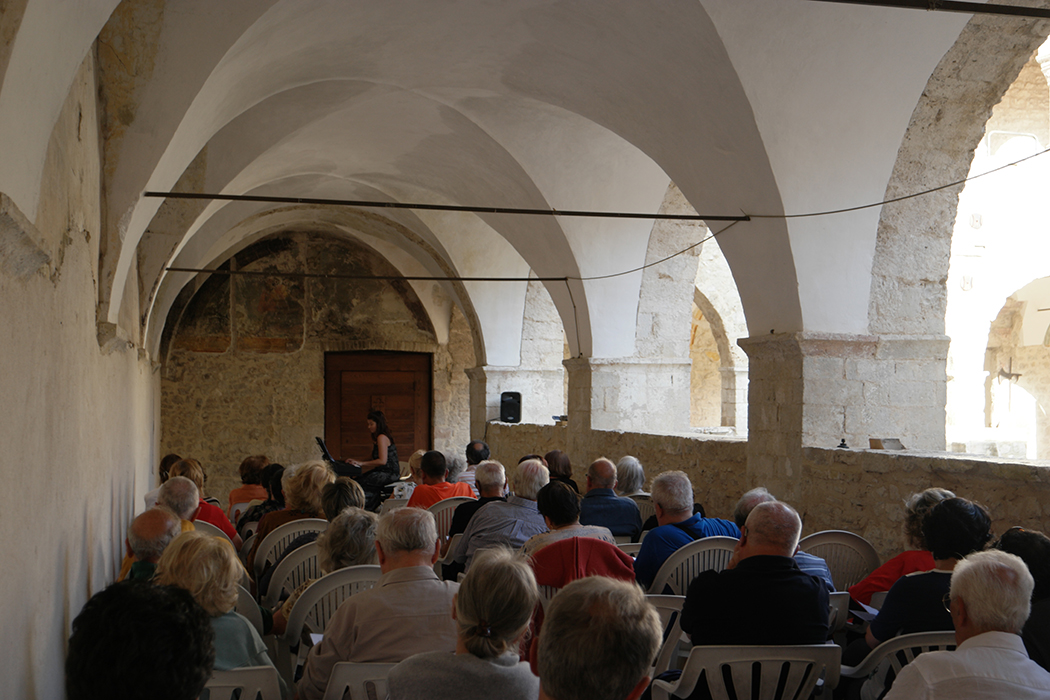
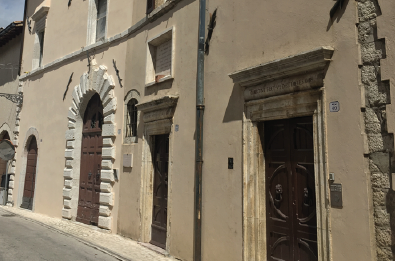
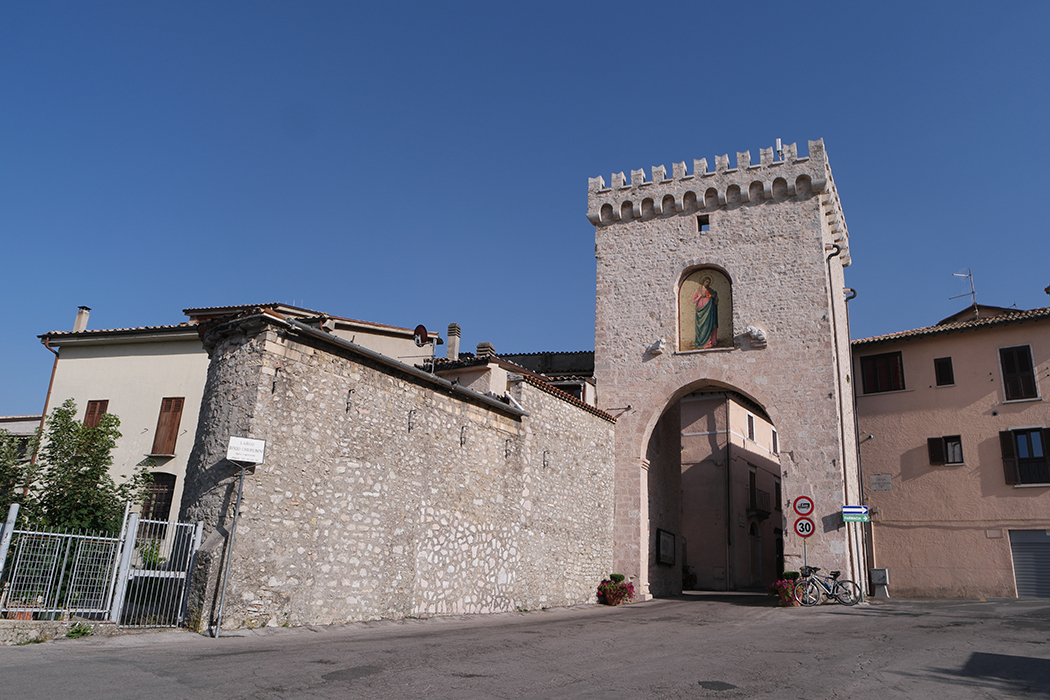
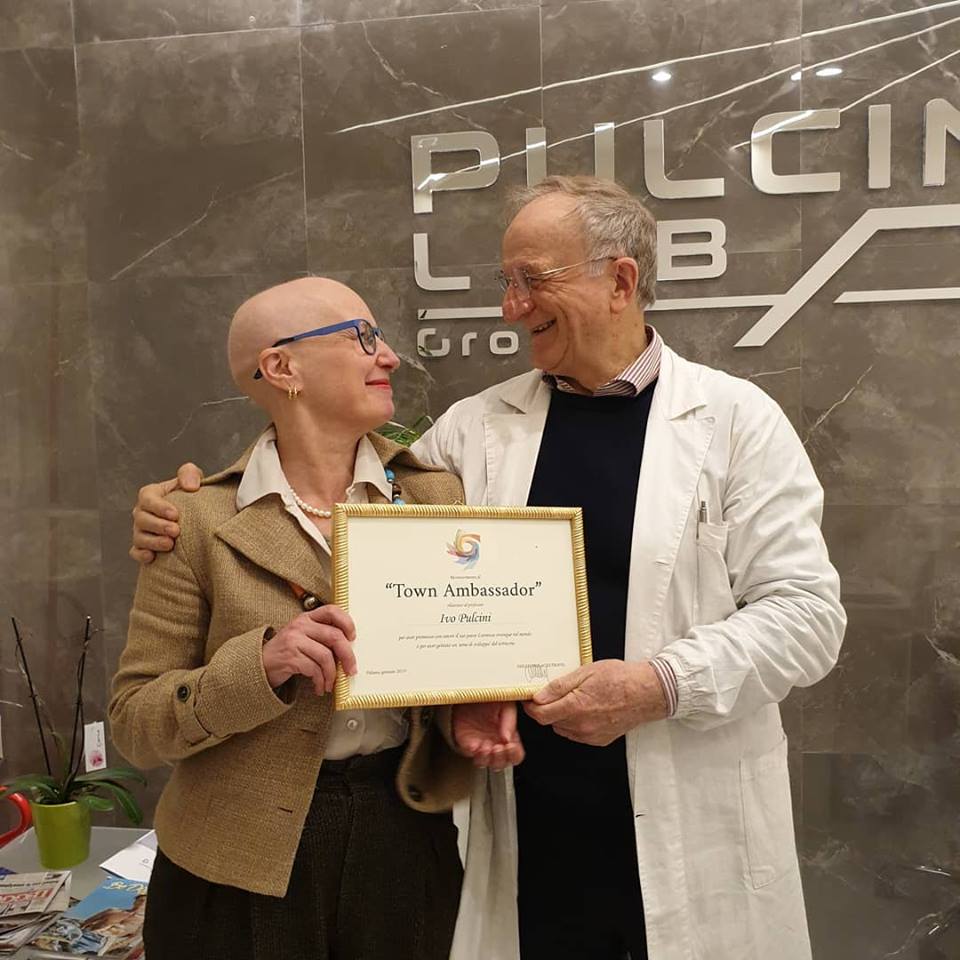


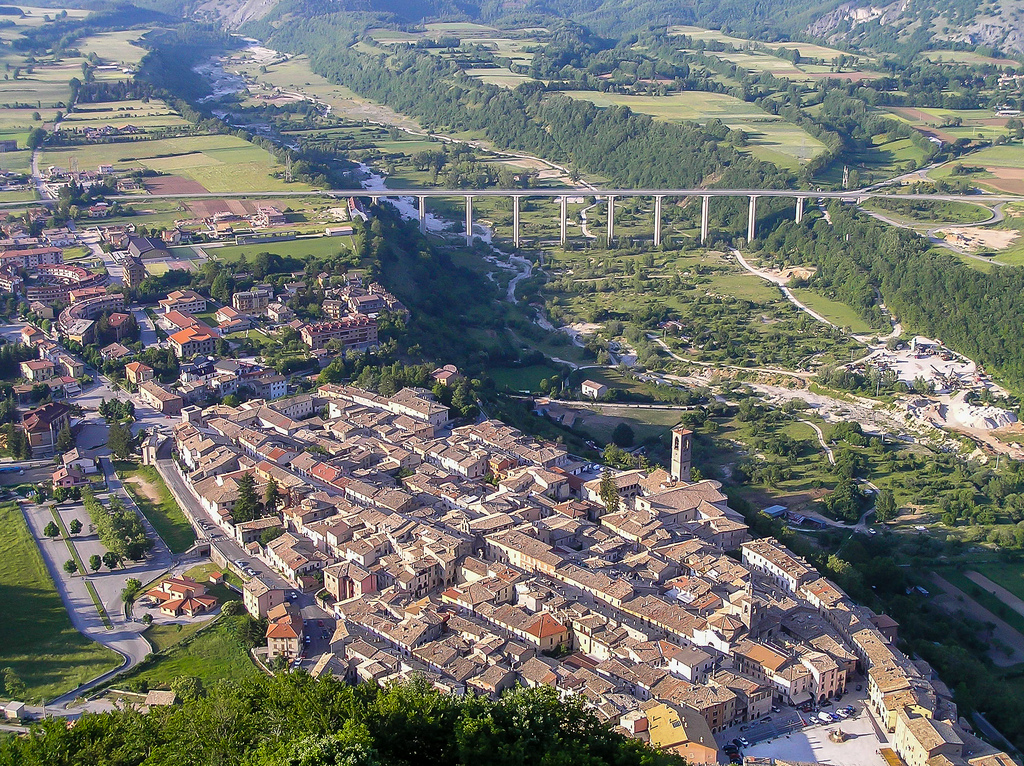
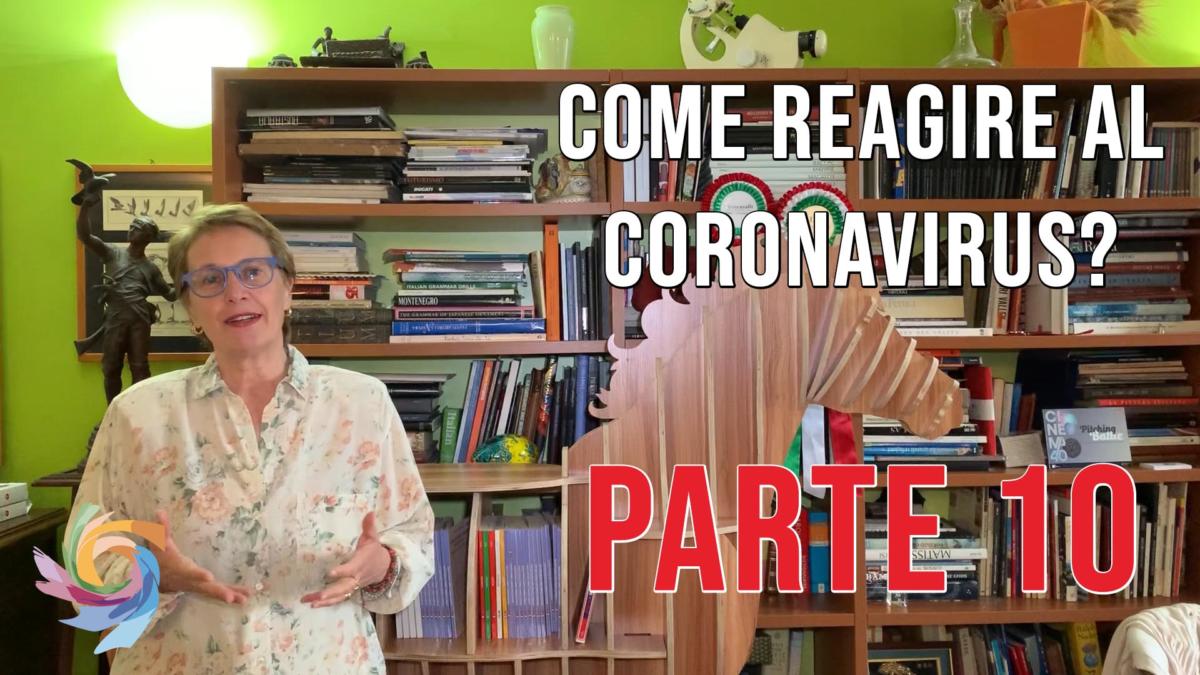





Follow us